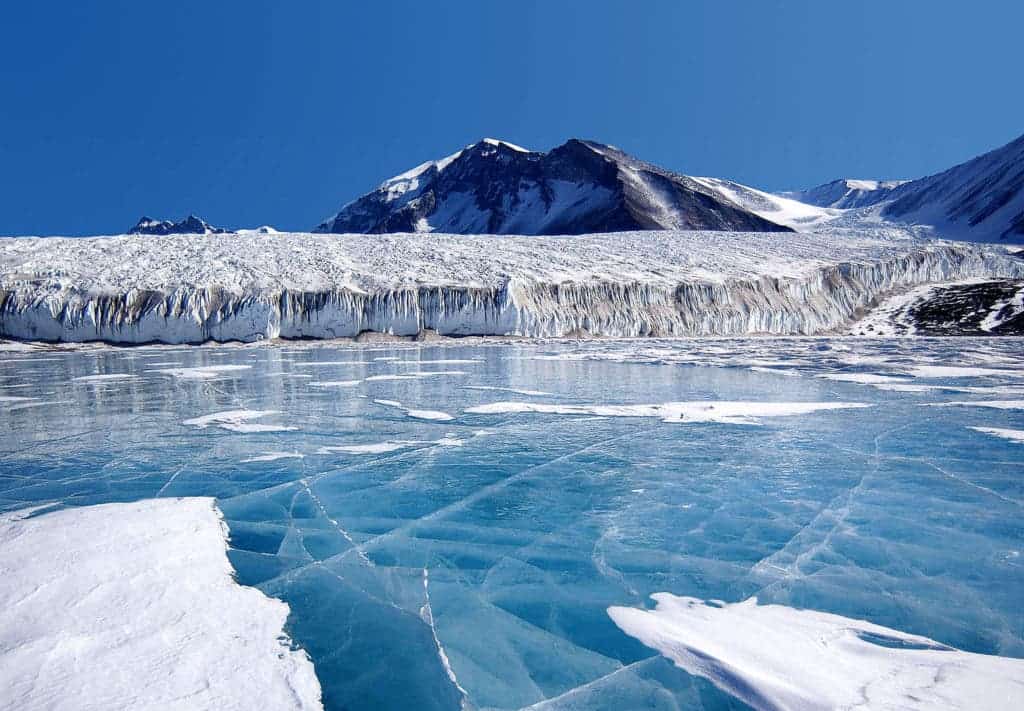As the Antarctic spring comes to an end and the “summer” enters into force, a team of geoscientists is seeking 1.5-million-year ice.

Over 10 years ago, the European Project for Ice Coring in Antarctica (EPICA) drilled and found what was then the oldest accessible ice – a 800,000-year-old sample. This type of digging is really expensive and challenging, so preparing and planning exactly where to go and how to dig is crucial. Now, it’s the season to go for it, researchers say.
“This exciting field season should bring us a large step nearer to deciding where to drill the oldest-ice core,” says Olaf Eisen, a glaciologist at the Alfred Wegener Institute of Polar and Marine Research in Bremerhaven, Germany, who coordinates an exploration team funded by the European Union.
Ice cores are particularly valuable because they offer information about the planet’s past climate. Ice cores contain information about past temperature, and about many other aspects of the environment. It’s especially important that ice encloses small bubbles of air. These bubbles were formed at a specific date in the past, and they contain within a small sample from the atmosphere at that date. So by measuring the gases in these bubbles, we can know what the atmosphere was like in the past. In other words, ice cores act as a register for atmospheric content.
So missions like these are crucial for a better understanding of – you’ve guessed it – climate change. Ice is not the only proxy but it’s one of the most reliable and important – but the problem with ice is that you need to find old ice in order to find the info, and there’s no guarantee that your particular core will have the bubbles you’re looking for, so you want more cores to be certain.
“We would carry on with our project,” says Eisen. The IPICS effort would ideally excavate multiple 1.5-million-year-old cores in any case. “You cannot trust a single core,” says Severinghaus. “We absolutely need different records from different thermal regimes.”
The IPICS Eisen is referring to is an umbrella group under which the team is working – the International Partnerships in Ice Core Sciences.
Was this helpful?



